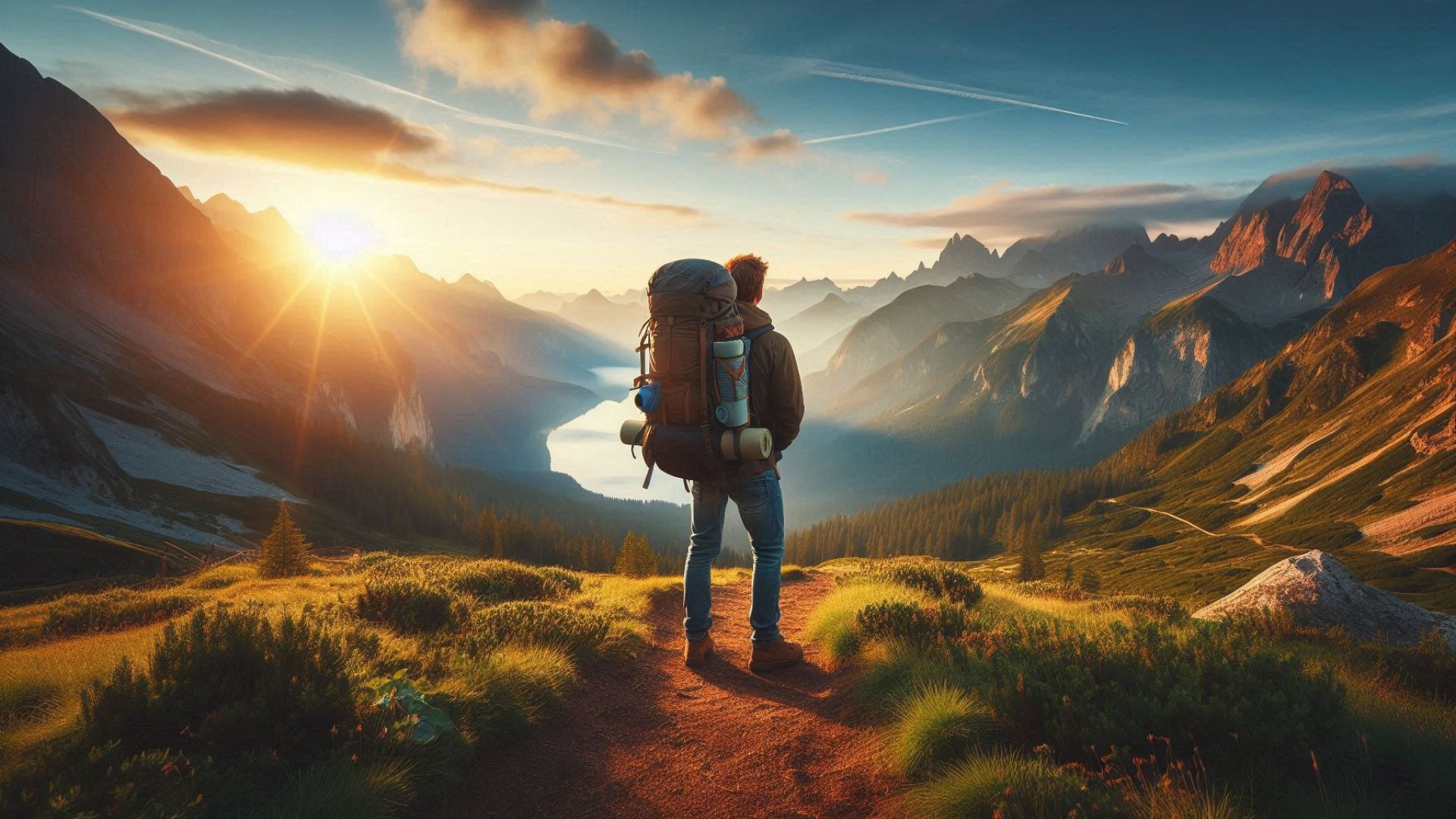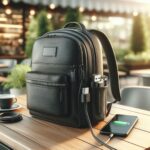Getting ready for a hike? There’s no one perfect outfit for every trail, since things like weather, terrain, and how long you’ll be out can change what you need. But picking the right clothes and shoes can make your hike comfy and fun—or save you from a miserable day. Here’s a simple guide to help you dress for the trails, with tips on what to wear, what to skip, and how to layer up for any adventure.
Your Basic Hiking Checklist
Ready to hit the trails? Here’s what you need to get started:
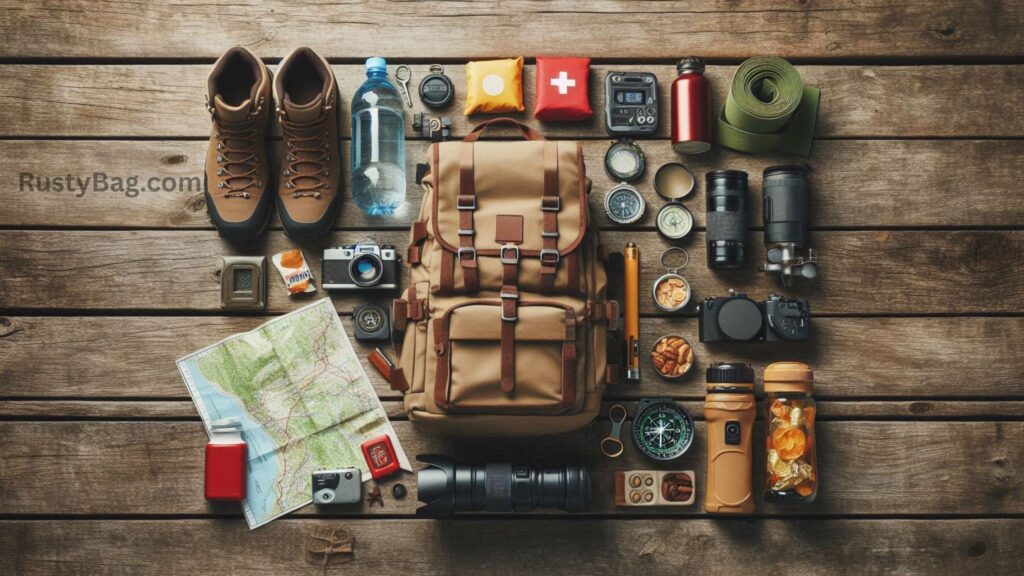
- Comfy, tough pants: Trails can be twisty, so go for flexible, moisture-wicking pants that let you move freely.
- Moisture-wicking shirt: Pick a short- or long-sleeve top made of materials like merino wool, nylon, or polyester. These keep you cool and dry by pulling sweat away from your skin.
- Warm jacket: A fleece jacket is great for chilly days, or grab a puffy jacket with polyester fill or water-resistant down for colder hikes.
- Rain jacket: Choose one that’s waterproof but breathable, so it blocks rain and wind but doesn’t trap sweat. If it’s super rainy, pack rain pants too.
- Brimmed hat: A hat keeps your head dry and shields you from the sun. Don’t forget sunglasses!
- Sturdy shoes: You don’t need heavy boots, but pick footwear that supports your feet, protects against rocks, and grips wet or dry surfaces.
What to Avoid Wearing
There’s no strict dress code for hiking, but some things can make your day less fun. Here’s what to skip:
- Cotton (like denim): Cotton soaks up sweat and stays wet, which can make you feel sticky in heat or chilly in cold. Stick to moisture-wicking fabrics like polyester or merino wool. (Cotton’s okay for short hikes in nice weather, though.)
- Favorite clothes you don’t want ruined: Trails can get muddy, so leave anything you’re afraid to get dirty at home.
- Wrong shoes: Skip flimsy or brand-new shoes. Pick sturdy, broken-in hiking shoes or boots to avoid blisters and sore feet.
- Jewelry: Necklaces, bracelets, or rings can get caught on branches or lost, so it’s safer to leave them behind.
- Heavy or ill-fitting backpacks: A pack that’s too heavy or doesn’t fit right can slow you down or cause chafing. Choose a lightweight, well-fitted daypack.
Smart Clothing Tips
Here are some easy strategies to build the perfect hiking outfit:
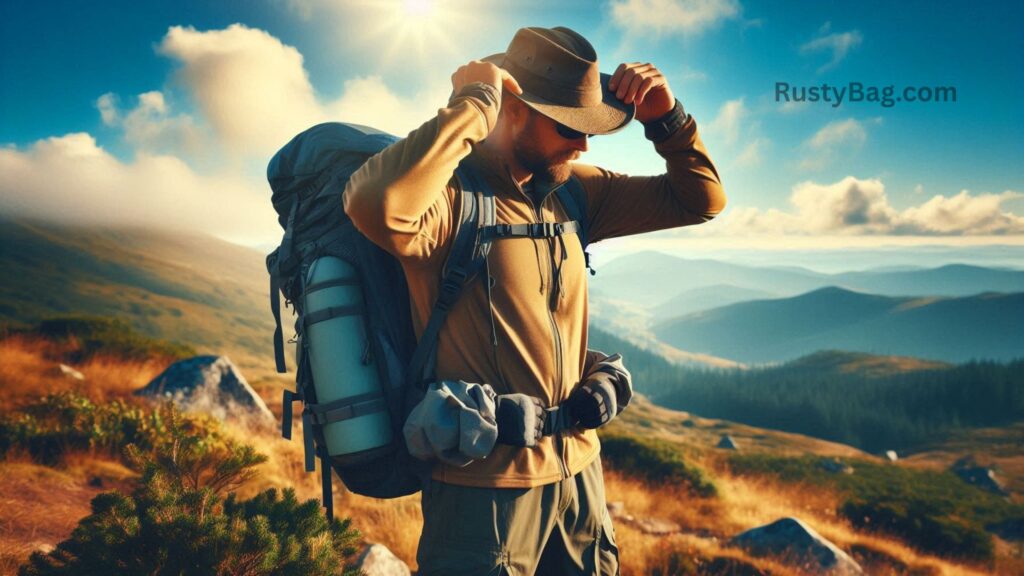
- Layer up: Think of your clothes like layers you can add or remove as the weather changes. Start with a moisture-wicking base layer next to your skin, add a warm mid-layer like fleece, and top it with a waterproof rain jacket if needed.
- Pick the right fabrics: Go for polyester, nylon, or merino wool for base layers like shirts, underwear, and socks. These pull sweat away from your skin and dry fast, unlike cotton.
- Focus on comfort: Choose clothes that work well over ones that just look good. Luckily, lots of hiking gear today is both functional and stylish.
- Plan for weather: Check the forecast, but be ready for surprises—weather can change fast, especially at higher elevations. Pack extra layers for cold, wet, or hot conditions.
- Know your trail: Brushy trails might call for long sleeves and pants to protect against bugs or scratches. Desert hikes may need taller boots, while urban trails might let you dress a bit more stylishly.
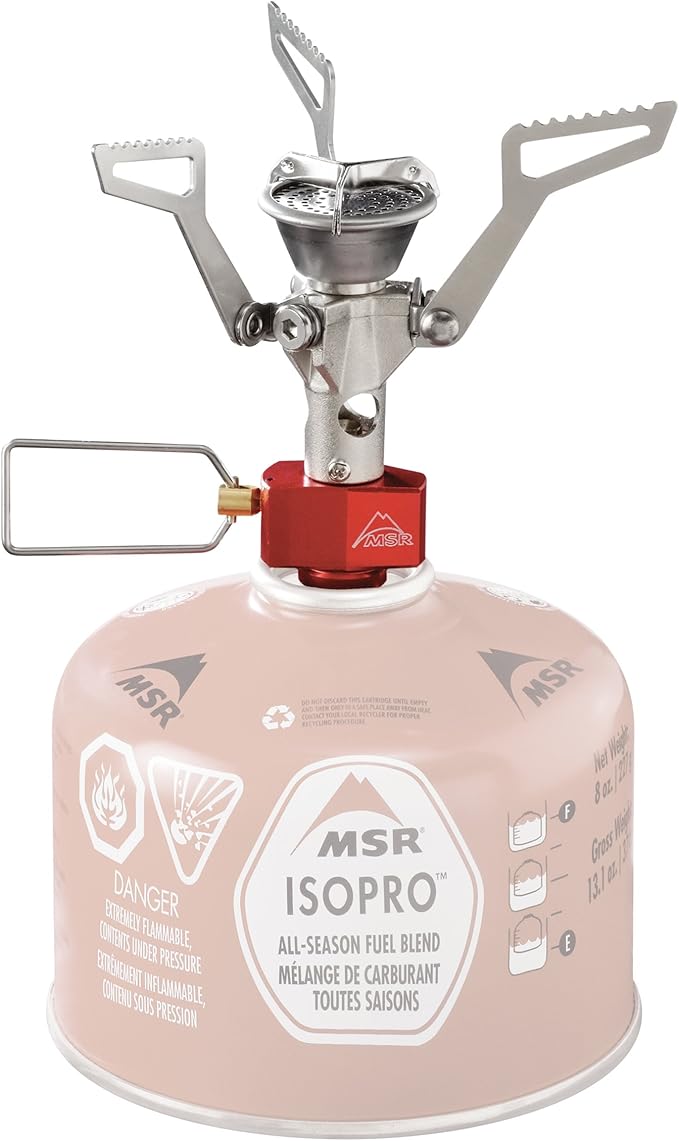
MSR PocketRocket 2 Ultralight Camping and Backpacking Stove
The MSR PocketRocket 2 is compact, ultra-light, and boils water in under 4 minutes.
Also Read: What is the Best Adventure Backpack for Off‐Road Travel?
Understanding Fabrics
When picking hiking clothes, think about these fabric features:
- Wicking: Great for base layers, wicking fabrics pull sweat away from your skin and dry quickly, so you stay comfortable.
- Insulating: Mid-layers like fleece or puffy jackets trap your body heat to keep you warm.
- Waterproof/Windproof: Your outer layer (like a rain jacket) should block rain and wind to keep you dry and cozy.
- Breathable: All layers should let sweat escape so you don’t feel clammy.
- Sun protection: Look for clothes with a UPF rating to shield your skin from UV rays.
Popular Fabric Choices
- Merino wool: Soft, breathable, and great at wicking sweat without holding odors.
- Polyester/Nylon: Affordable, quick-drying, and good at wicking. Some have odor-control treatments.
- Fleece: Warm and cozy, made from polyester, perfect for mid-layers.
- Cotton: Avoid it—it holds sweat and stays wet, which can make you cold or uncomfortable.
Layering Basics
Here’s how to layer for any hike:

Base Layer
This is the layer next to your skin, and it should wick sweat to keep you dry.
- Underwear: Pick comfy, breathable, moisture-wicking options to avoid chafing.
- Sports bra: Choose one that fits well and supports you for the hike’s intensity.
- Long underwear: For cold hikes, add wicking long underwear under your pants.
- Shirts: A short-sleeve tee works for warm days, while a long-sleeve top is better for cool weather. UPF-rated shirts add sun protection.
- Pants: Go for flexible, moisture-wicking hiking pants, leggings, or zip-off pants that turn into shorts.
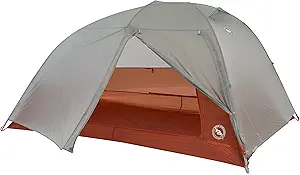
Big Agnes Copper Spur HV Ultra Light mtnGLO
Lightweight, durable, and easy to set up, the Copper Spur HV UL2 is a favorite among thru-hikers.
Also Read: Which Features are essential in an Adventure Travel Bag?
Mid-Layer
This layer keeps you warm.
- Fleece jacket: Great for cool or cold days—pick lightweight or heavier options based on the weather.
- Puffy jacket: Pack a compact puffy for colder hikes. Synthetic fill or water-resistant down is best for wet conditions.
Outer Layer
This protects you from rain, wind, or cold.
- Rain jacket: Get a waterproof, breathable one to stay dry without overheating.
- Rain pants: Pack these for heavy rain to keep your legs dry.
Footwear
Your shoes can make or break your hike, so choose wisely:
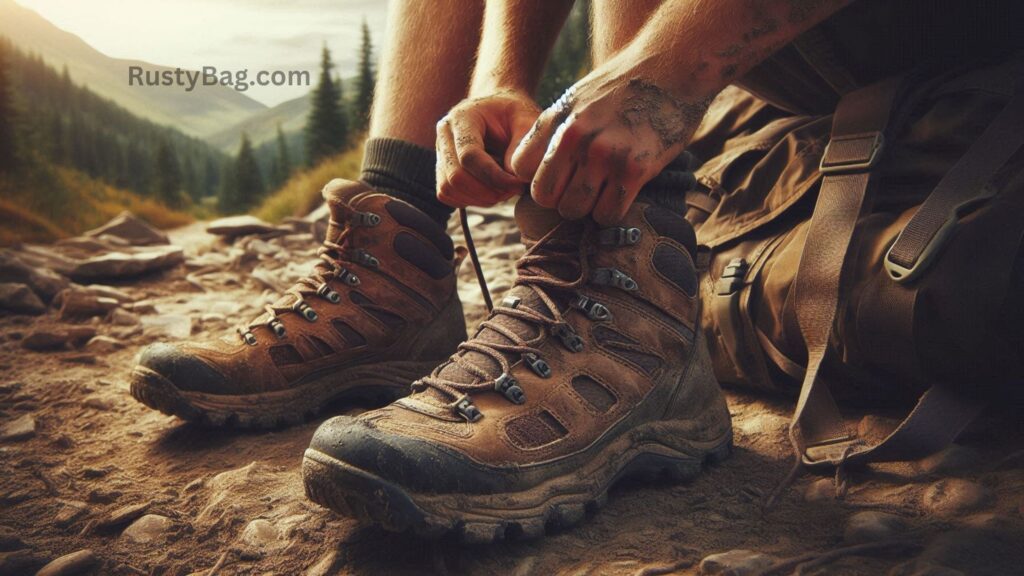
- Hiking boots or shoes: Pick sturdy, comfy options with good traction. Boots are great for long hikes, while low-top shoes or trail runners work for shorter trails.
- Hiking sandals: Good for hot days or water crossings, but make sure they have support and grip.
- Socks: Choose moisture-wicking wool or synthetic socks that are taller than your shoes to prevent blisters.
Accessories
These extras can make your hike safer and more comfy:
- Hats: A wide-brimmed hat or cap protects against sun or rain. Add a wool beanie for cold hikes.
- Sunglasses: Shield your eyes from UV rays and wind.
- Gloves: Pick lightweight or insulated gloves based on the weather.
- Gaiters: These keep debris or water out of your boots.
- Neck gaiters: Great for warmth in cold weather or sun protection in heat.
- Daypack: A lightweight pack holds your water, snacks, and extra layers.
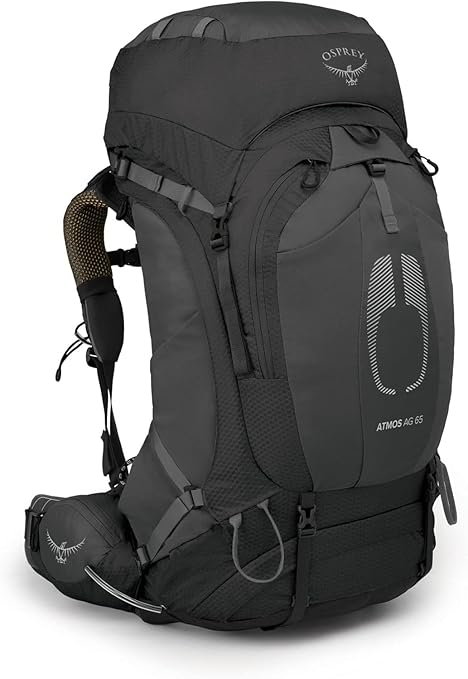
Osprey Atmos AG 65L Men’s Backpacking Backpack
This backpack is a top pick among long-distance hikers for a reason — it’s incredibly comfortable thanks to its Anti-Gravity suspension system, offers plenty of storage (65L capacity), and has great ventilation.
Also Read: Is a Hydration Pack a Necessary Addition for Long Hikes?
Sustainable Choices
Want to hike with the planet in mind? Try these tips:
- Use what you have: Check your closet for gym clothes or comfy items that work on the trail.
- Shop secondhand: Look for used hiking gear at consignment shops or REI’s Re/Supply program.
- Buy quality: Invest in durable clothes that last, and learn how to care for them.
- Repair gear: Fix worn-out items instead of buying new ones.
- Choose eco-friendly fabrics: Look for bluesign®-certified or recycled materials, like polyester made from plastic bottles.
With these tips, you’ll be ready to hit the trails in comfort and style. Happy hiking!

